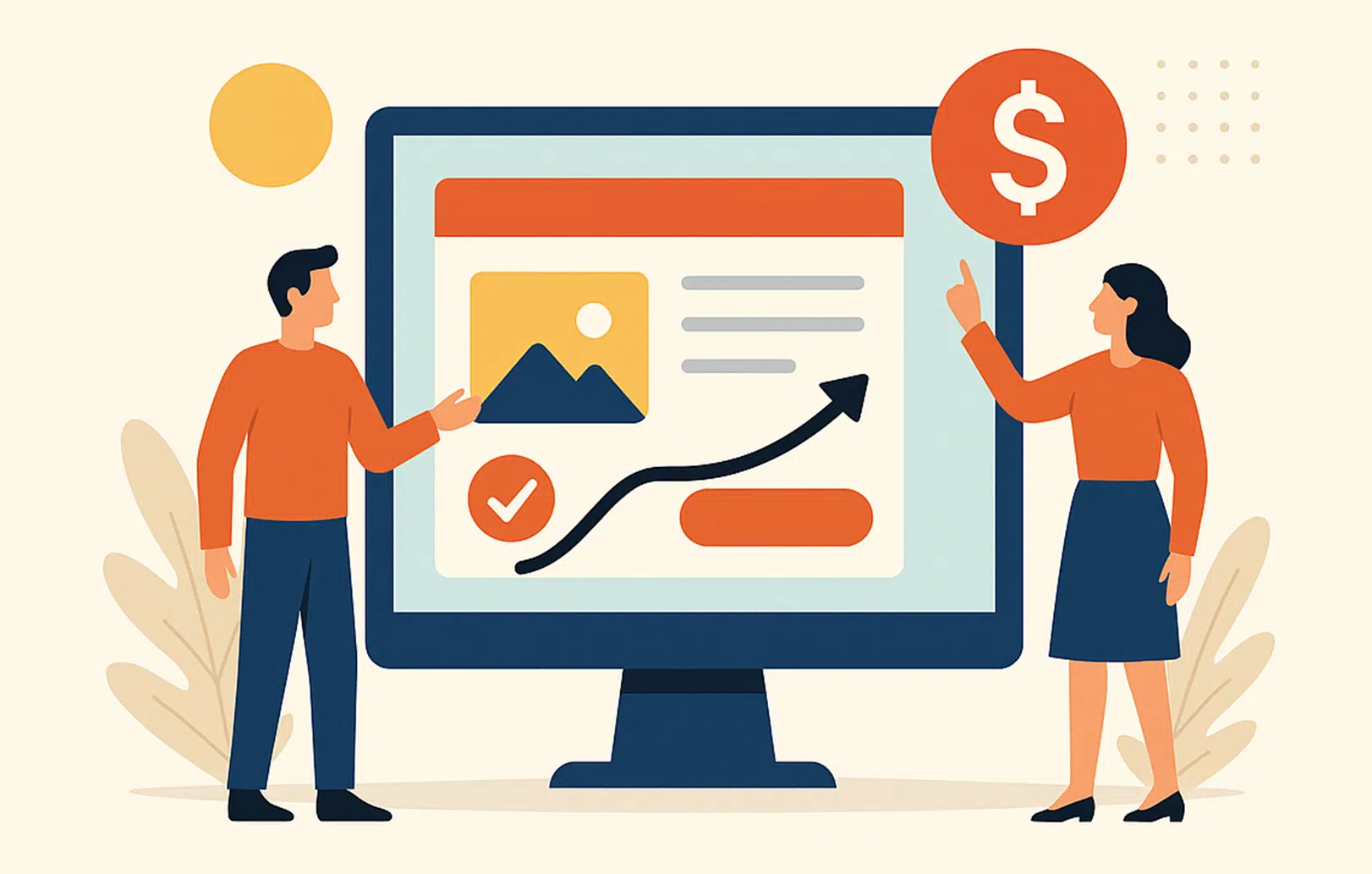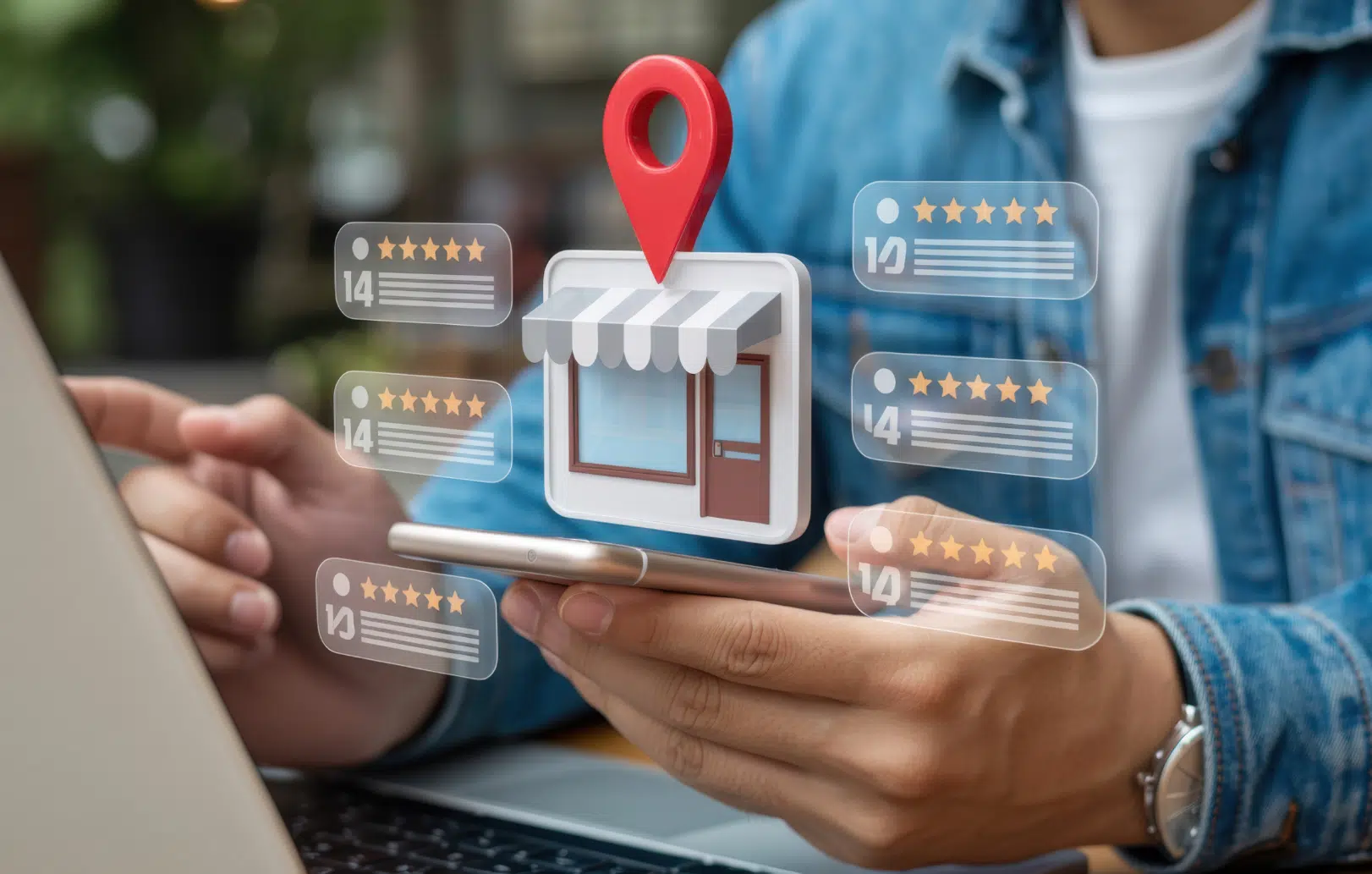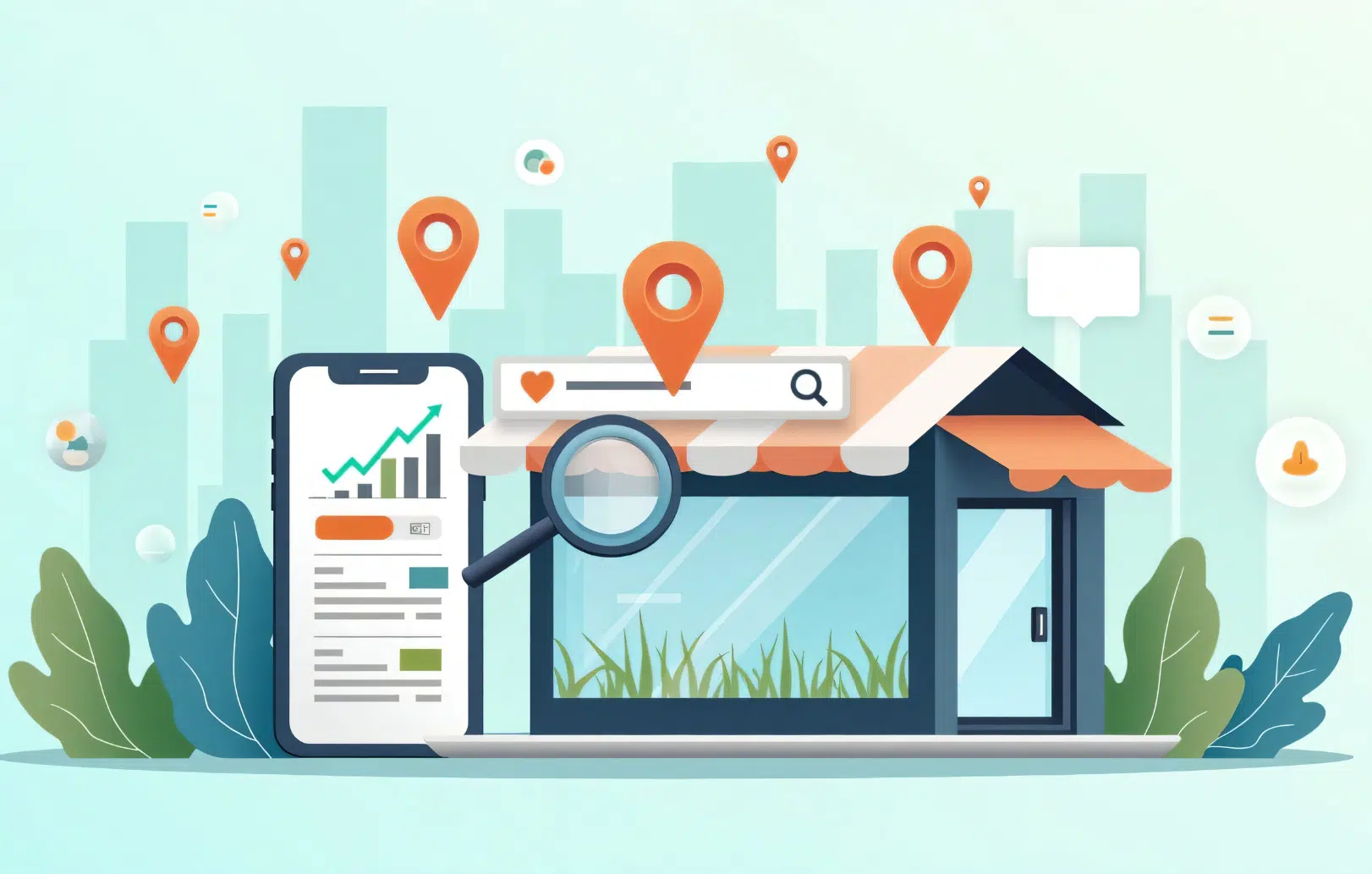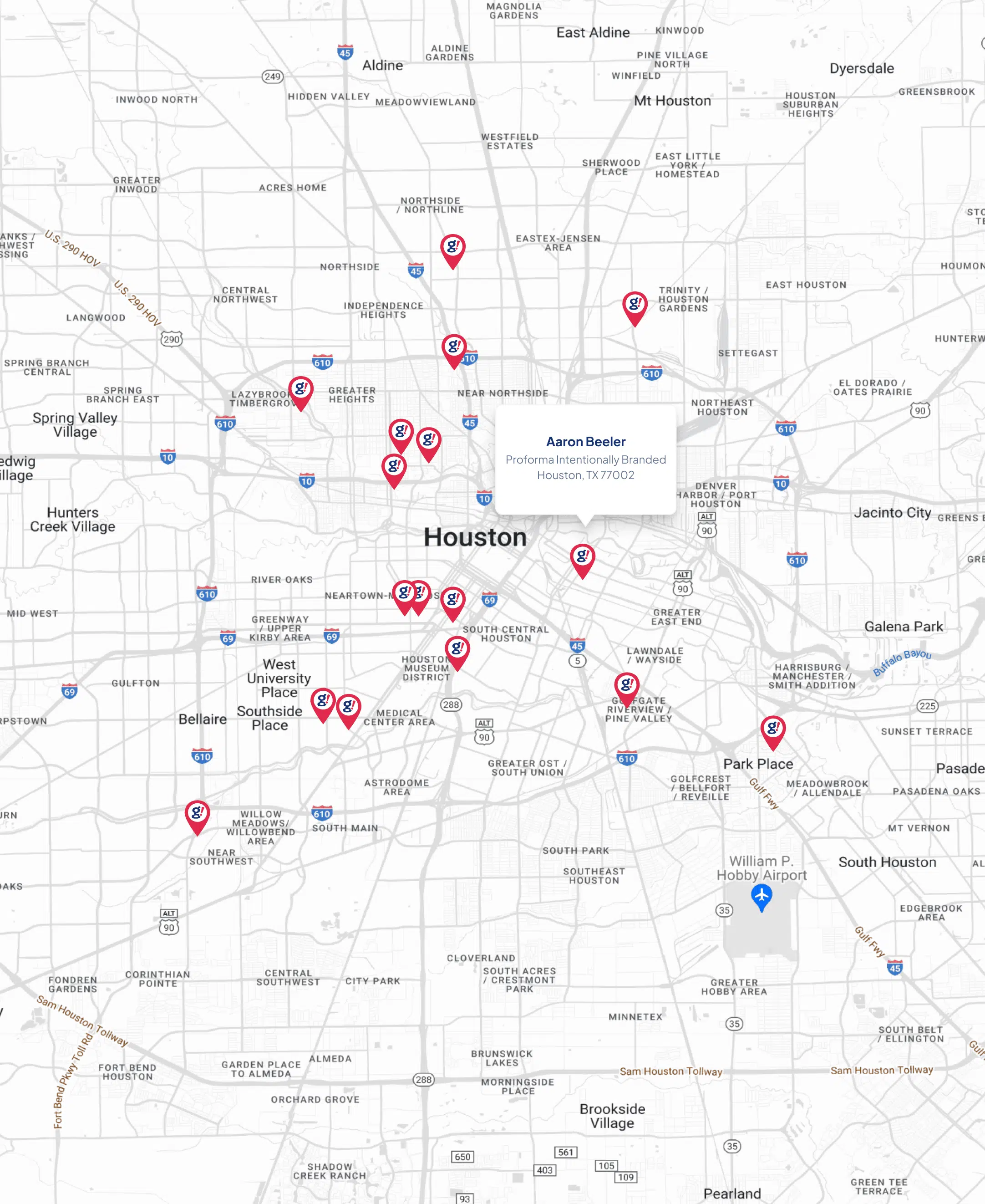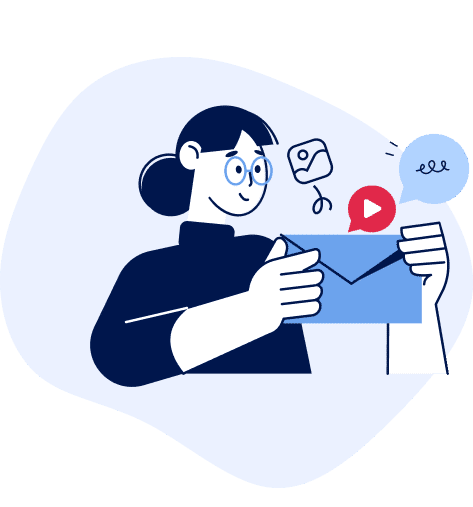Why aesthetics aren’t just pretty, they’re powerful performance tools.
In a world where attention spans are shorter than a TikTok loop, great design isn’t a luxury. It’s a conversion engine.
Design in marketing isn’t just about looking good, it’s about guiding behavior. When done right, design builds trust, clarifies messaging, and makes taking action feel effortless. In other words, great design converts.
Let’s break down how.
1. First Impressions Are Formed in 50 Milliseconds
According to a study by Google, it takes about 50 milliseconds (that’s 0.05 seconds!) for users to form an opinion about your site. That snap judgment is primarily visual.
- Cluttered? They bounce.
- Dated? They don’t trust you.
- Clean, modern, intuitive? They stay, explore, and maybe even click “Buy.”
Actionable Tip:
Use clean, balanced layouts. Avoid visual noise. Guide the eye with a strong hierarchy and whitespace.
2. Trust Is a Design Outcome
People won’t give their email, let alone their credit card, to a site that feels sketchy. Credibility is often communicated visually before a single word is read.
Great design signals:
- Professionalism
- Attention to detail
- Brand consistency
- Legitimacy
Actionable Tip:
Use consistent branding, quality imagery, and modern UI patterns. Avoid stocky visuals and broken layouts, they silently kill trust.
3. Good Design Clarifies the Value Proposition
A landing page can have a great offer and still perform poorly, if it’s hard to understand. Great design helps communicate your value quickly and clearly.
Design should:
- Highlight benefits (not just features)
- Support skimmability
- Align visuals with the core message
Actionable Tip:
Use iconography, illustrations, and section breaks to explain value in digestible chunks. Combine visual and verbal storytelling.
4. Design Reduces Friction
Every unnecessary step, unclear button, or hard-to-read form is a drop-off risk. Great design removes barriers to conversion by making experiences smooth, fast, and obvious.
Actionable Tip:
Design intuitive navigation, clear CTAs, and streamlined checkout flows. Obsess over mobile usability, it’s where many conversions start.
5. Emotion Drives Action
Emotion is a core driver of decisions, especially in B2C. Great design evokes emotion, excitement, trust, and belonging, which nudges users closer to “yes.”
Actionable Tip:
Use emotionally resonant visuals, brand colors aligned with your tone, and design moments that feel delightful (like subtle animations or microinteractions).
Wrapping Up: Design Is a Growth Lever
If your marketing team treats design as a last-minute layer of polish, you’re leaving conversions on the table. Great design is a strategic lever — one that can boost performance across every touchpoint.
Whether you’re optimizing a sales page, crafting an email, or revamping a website, treat design as a conversion multiplier, not just decoration.

